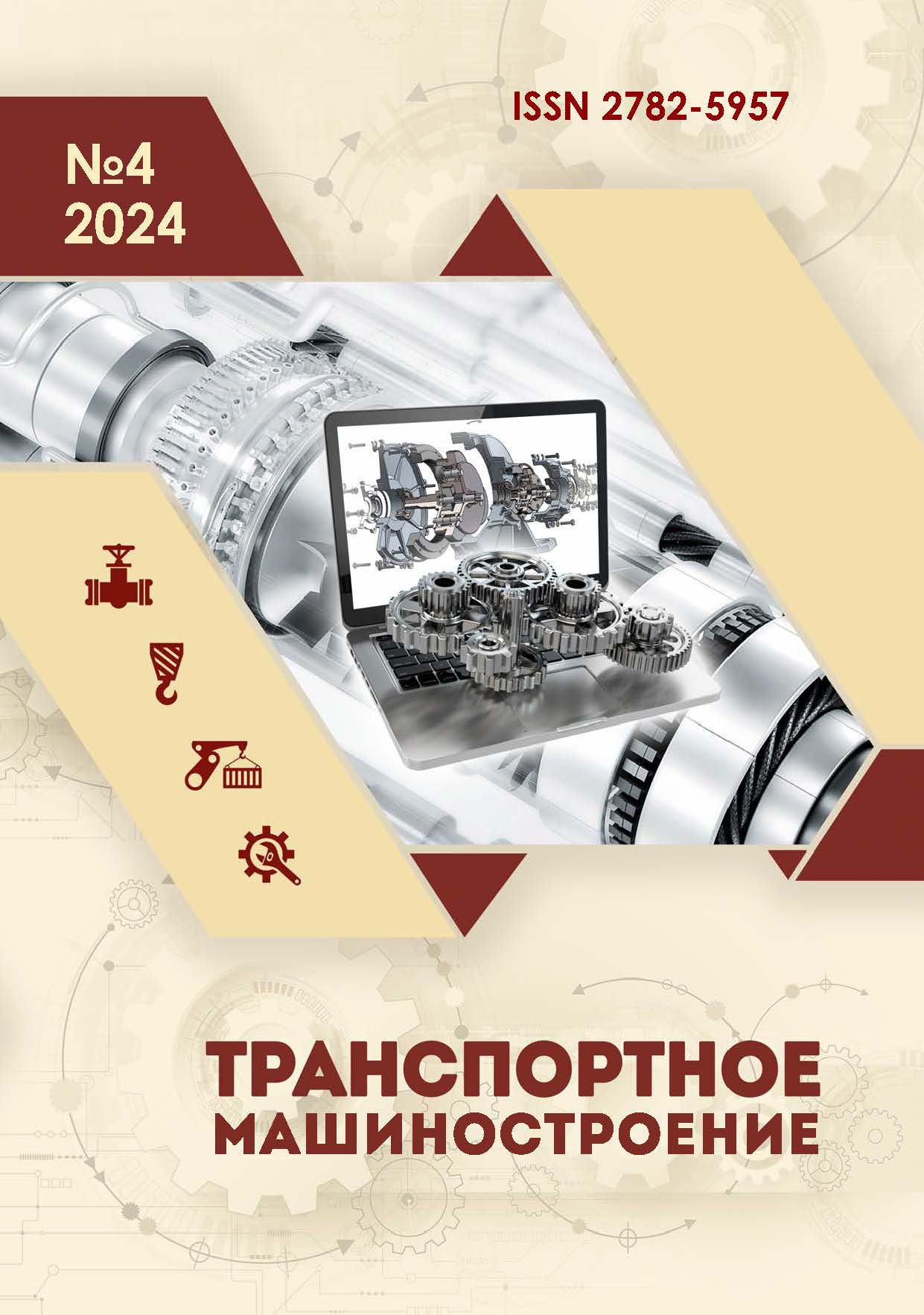employee
Tyumen, Tyumen, Russian Federation
Tyumen, Tyumen, Russian Federation
UDC 656.1
Russian Library and Bibliographic Classification 398
The paper describes the use of an artificial neural network to determine the optimal parameters of traffic light regulation based on the intensity of traffic flow. At regulated intersections, there is an imbalance in the intensity of traffic flow, due to which one operation mode of traffic lights at an intersection may be ineffective. The study objective is to develop software for predicting the operating modes of traffic lights, taking into account the spatial and temporal unevenness of transport demand. Based on the simulation of traffic flows at one regulated intersection, the values of the average delay time were determined for different traffic light operating modes and traffic flow intensities, including turning ones. The artificial neural network was trained on data from 16 thousand simulations and tested on four thousand simulations. Using an artificial neural network to calculate the optimal operating mode of traffic lights reduces the delay time by 20-50% for two rush hours. A pre-trained artificial neural network can calculate the optimal operating mode of traffic lights for a specific regulated intersection in one second. The developed software can be used to implement an intelligent transport system in an automated traffic control system.
traffic, modeling, flows, regulation, neural network technologies, training
1. Zakharov DA, Pistsov AV. Effectiveness analysis of priority methods for buses when passing intersections using adaptive traffic light control [Internet]. Intellect. Innovations. Investments. 2022;4:128-139. Available from: https://doi.org/10.25198/2077-7175-2022-4-128 .
2. Karmanov DS, Fadyushin AA. Modeling of traffic flows when making dedicated lanes for public passenger transport on Permyakova Street - Shirotnaya Street in Tyumen. Proceedings of the All-Russian Scientific and Practical Conference, 2014: Problems of Functioning of Transport Systems; Tyumen: Tyumen State University; 2014.
3. Klinkovstein IG, Afanasyev MB. Traffic management: textbook. Moscow: Transport; 2001.
4. Federal Law No. 443-FL. On the organization of road traffic in the Russian Federation and on amendments to certain legislative acts of the Russian Federation. 2017 Dec 29. Moscow: ConsultantPlus; 2018.
5. ODM 218.6.003-2011 Methodological recommendations for the design of traffic lights on highways. Moscow: Rosavtodor Publishing House; 2013.
6. Gorev AE, Bettger K, Prokhorov AV, Gizatullin RR. Fundamentals of transport modeling: practical guide. St.Petersburg: COSTA; 2015.
7. PTV Vissim 8.0. LLC "A+S" user manual. St.Petersburg.
8. Fishelson MS. Urban communication routes: handbook for universities. Moscow: Visshaya Shkola; 1967.
9. Beckmann MJ, McGuire CB, Winsten CB. Studies in the economics of transportation. Yale University Press, New Haven, Conn; 1956.
10. Srinivasan D, Choy MC, Chen RL. Neural networks for real-time traffic signal control. IEEE Transactions on Intelligent Transportation Systems. 2006;7(3):261–272.








